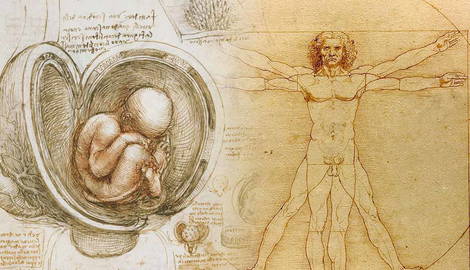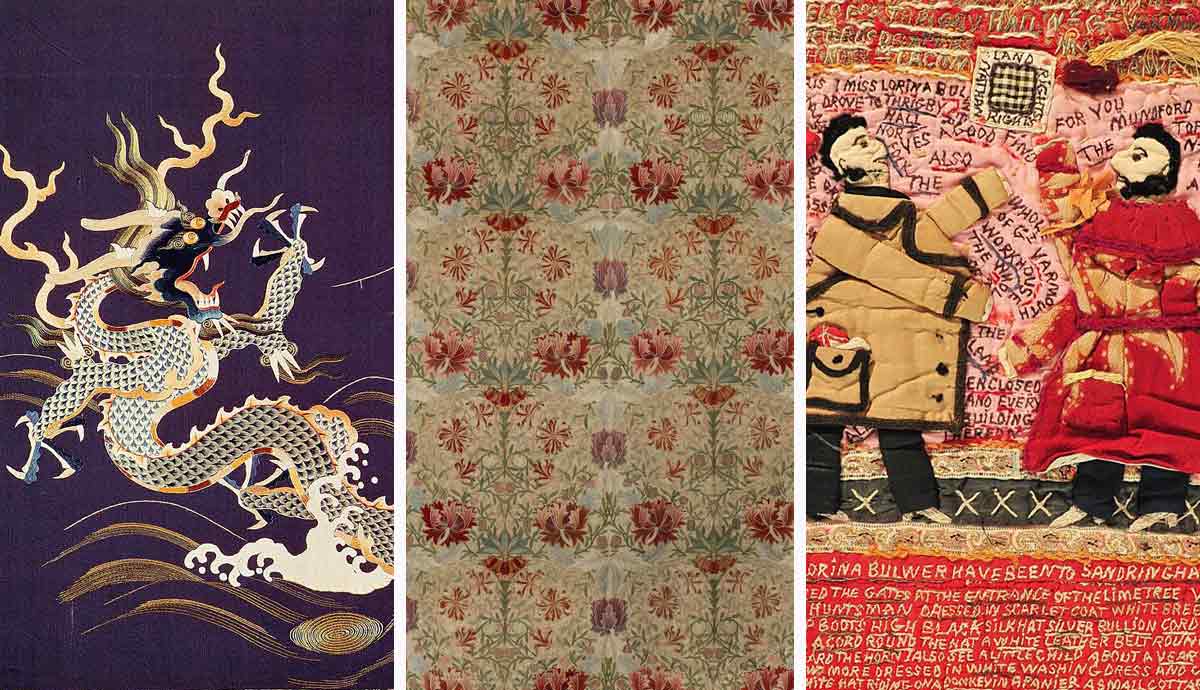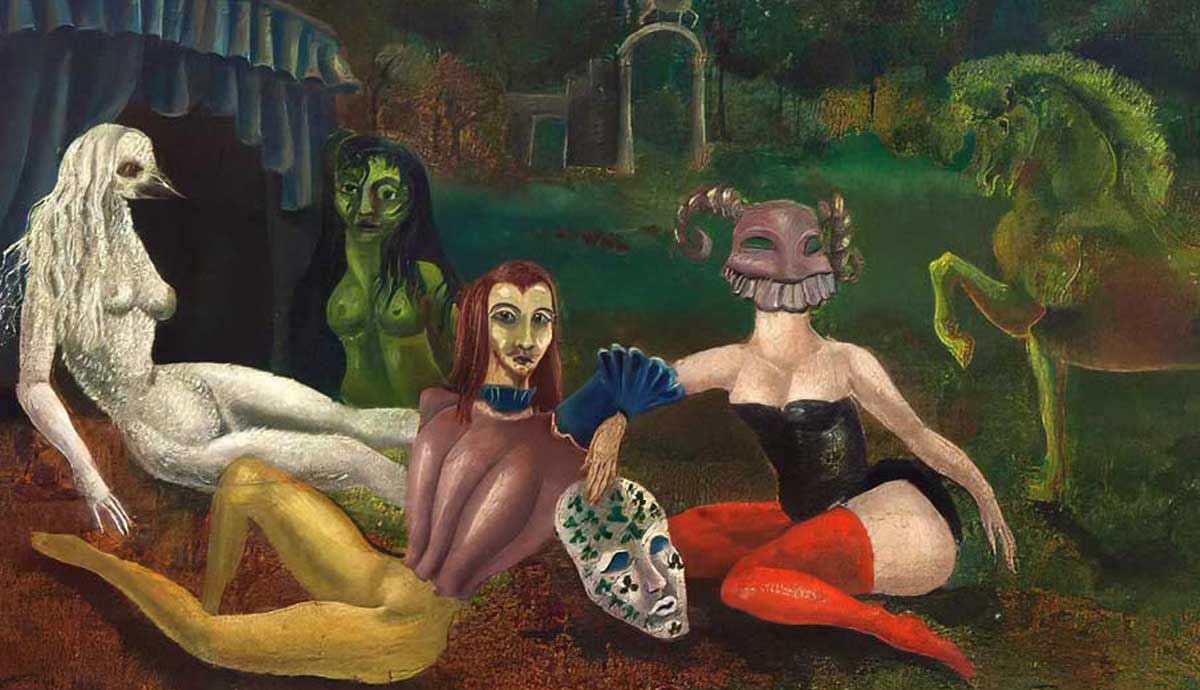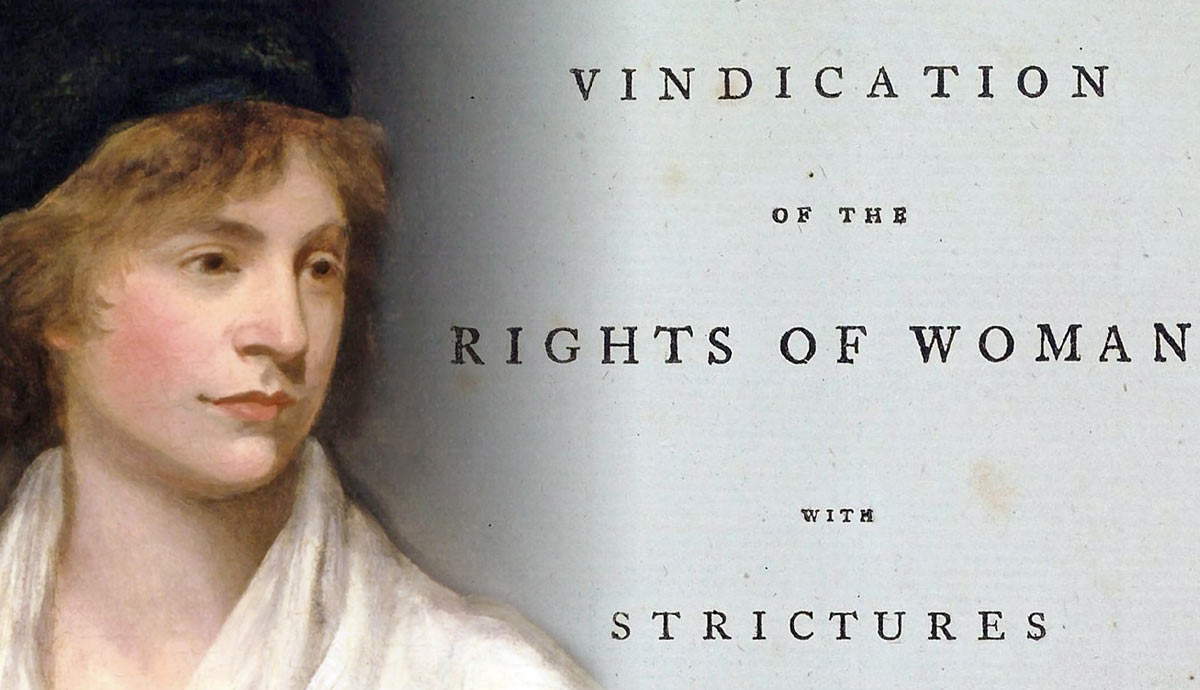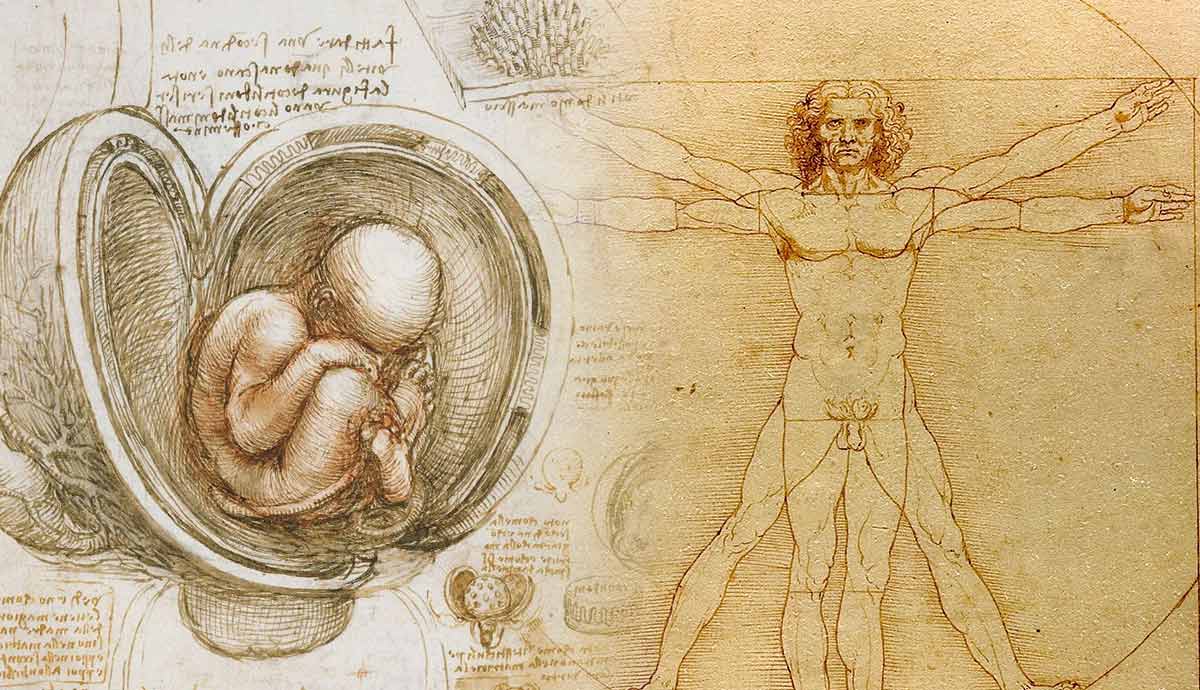
Leonardo da Vinci, the great Renaissance polymath, left behind countless manuscripts and drawings. Some of them were purely artistic expressions, while others depicted strange mechanisms or illustrated his natural world studies. From Portrait of a Man in Red Chalk to The Vitruvian Man, read on to become familiar with nine drawings and manuscripts by the famous Leonardo da Vinci that you should know.
1. Portrait of a Man in Red Chalk: Leonardo da Vinci’s Self-Portrait?

For decades, this image has circulated in art history textbooks and media sources, such as Leonardo da Vinci’s self-portrait. Allegedly, he drew it at the age of 60 while working in Milan for the local aristocracy. For centuries, it quietly existed in private collections with no research. Only in the 19th century did an Italian art dealer present it to the Royal House of Savoy as a self-portrait of the Renaissance legend.
Today, the portrait remains a disputable object despite its cultural prominence. Art historians generally agree that there is not enough proof that the work is actually a self-portrait. One of the arguments in favor of this attribution is the similarity of the image to another alleged portrait of da Vinci as Plato painted by Raphael in his mural, The School of Athens. Moreover, some researchers insist that the lines in the portrait indicate the later additions and re-drawings that could possibly make the portrait look more like Leonardo.
2. Codex Windsor

Codex Windsor is one of the most famous and popular collections of da Vinci’s manuscripts and drawings. Compiled from 1487 to 1518, the writings and illustrations mostly focused on the studies of human anatomy. In the Renaissance era, scholars, doctors, and artists, for the first time in Western history, started to practice dissections to study human bodies. Before that, working with corpses was still a social taboo that resulted in a rather poor understanding of anatomy and diseases. Da Vinci’s Codex Windsor mostly contained drawings of human organs and bones, including dissected brains and human fetuses. However, present-day scholars noted that, despite the detailed and attentive way of drawing, da Vinci sometimes made mistakes when it came to female anatomy.
3. Codex Atlanticus

The largest set of da Vinci’s drawings and writings, Codex Atlanticus, contains a surprisingly wide variety of topics, ranging from architecture and weapon design to musical instruments and plant cultivation. Like other codexes by da Vinci, it was not compiled by the artist himself. Rather, the subsequent owners of his notes cut, pasted, and rearranged the sheets in order they saw fit, inevitably damaging the contents. Codex Atlanticus contains one of the strangest unrealized designs by da Vinci: a giant crossbow allegedly conceived for the army of Ludovico Sforza, Duke of Milan and da Vinci’s patron. According to da Vinci’s plan, the crossbow was supposed to fire explosives and large rocks, causing damage to the enemy’s fortifications.
4. Codex on the Flight of Birds

The shortest codex by da Vinci, consisting of just 18 pages, represented the ultimate Renaissance dream of reaching the sky and mastering the skill of flying. In his drawings, da Vinci explored the aerodynamics of various birds, their bone structures, and behaviors. He also recorded his attempts to reconstruct their flight with man-made mechanisms. Unfortunately, not a single of his attempts were successful, yet the Codex of the Flight of Birds remained a monument to the human dream and resilience.
5. The Vitruvian Man

One of the most iconic drawings of Western culture, The Vitruvian Man, represented da Vinci’s quest for the ideal human proportion. Inspired by the writings of Roman architect Vitruvius, da Vinci conceived an image of a perfectly proportionate male figure that could be inscribed both in a square and a circle. Above and below the image, da Vinci left his summary of Vitruvius’ writings, in which he stated that the perfectly proportionate human height would equal seven lengths of his foot, and the distance between one’s chin and nose equaled one-third of the entire face or the entire length of an ear.
The Vitruvian Man is also a rare example of da Vinci’s artwork, and its authenticity was never disputed due to its clear and detailed provenance. After Leonardo’s death, most of his archives, including the drawing, were inherited by his assistant and possibly life partner Francesco Melzi. From him, the drawing passed to Milan aristocrats’ collections, where it remained safe for centuries.
6. The Virgin and Child with St. Anne and St. John…

Due to the unusually large size, this drawing is often believed to be a preparatory step for a painting of a similar size, which Leonardo never painted. A complex multi-figure composition represented the Virgin Mary with infant Jesus, her mother Saint Anne, and John the Baptist, Jesus’ cousin and future preacher of the Christian faith. One of the most significant features of Leonardo as a painter was his manipulation of angles and curves. He usually positioned his figures slightly twisted to give him a surprisingly realistic sense of movement and presence.
In the final decades of his life, da Vinci painted a similar composition featuring Saint Anne, Mary, and Jesus. However, due to dating issues, art historians cannot agree which work was created first and may have served as a basis for the second one.
7. Head of a Young Woman

Little is known about this unfinished yet outstanding drawing. Some art historians believe it was a preparatory study for the painting Virgin on the Rocks, particularly for the angel figure on the left. Others insist the drawing was an unfinished portrait of Cecilia Gallerani, the lover of Duke of Milan Ludovico Sforza, immortalized in da Vinci’s legendary painting Lady with an Ermine.
Da Vinci experts note that the artist probably borrowed the specific proportion of a shoulder portrait from his teacher, painter Andrea del Verrocchio. However, his innovation was the unusual over-the-shoulder glance at the viewer in front of the painting. In the following decades and centuries, similar compositions would find their way into works by Raphael and Johannes Vermeer.
8. The Hanging of Bernardo Bandini Baroncelli

A lesser-known yet important drawing by da Vinci illustrated the event he personally witnessed in 1478 known as the Pazzi Conspiracy. The Florentine Pazzi family devised a plot to assassinate several members of the Medici family, a tyrannical group of aristocrats, bankers, and clergymen who ruled the city-state. The Medicis were known as important patrons of great art, but also as a ruthless and cruel clan who ruled through fear and conspiracies. The Medicis were also da Vinci’s patrons: still, it is unlikely that the artist did not understand the violent and problematic nature of their regime.
Bernardo Bandini Baroncelli was one of the key figures in the attempt to overthrow the Medicis. During a mass in the Florence Cathedral, he stabbed brothers Lorenzo and Giuliano de Medici. Lorenzo survived, and soon Baroncelli was hanged from a window of the city hall. In his notes, da Vinci left a sketch of Baroncelli’s body, noting he was still dressed in Turkish clothing, as he tried to flee to Constantinople.
9. Deluge by Leonardo da Vinci

Storms and weather cataclysms were among da Vinci’s favorite artistic subjects in the final years of his life. Yet, A Deluge was more than that; it was an apocalyptic vision, an expectation of great tragedy and destruction. He executed at least a dozen similar drawings, but most of them were made in chalk. Only one of them, currently kept in the Royal Collection of the United Kingdom, was created with pen, black ink, and wash—a diluted brown-colored ink that created tonal variety in the composition.
Most of the drawings and paintings created shortly before da Vinci’s death remained unfinished. According to some contemporaries’ notes, his right hand was paralyzed, possibly, as a result of a stroke. In 1519, he suffered another stroke, this time fatal, and died in France, allegedly in the arms of the French King Francis I.
